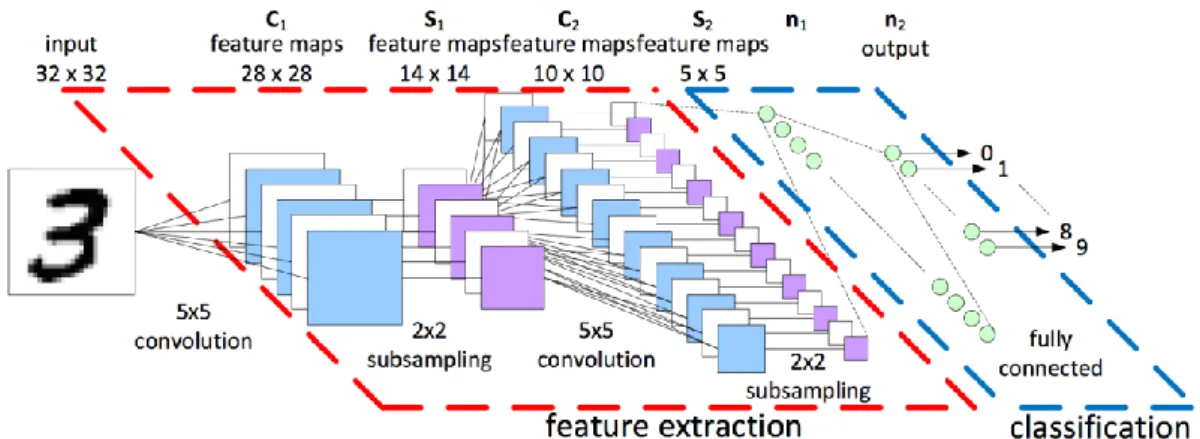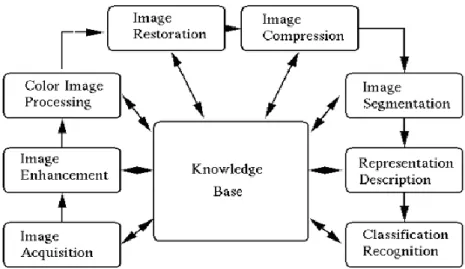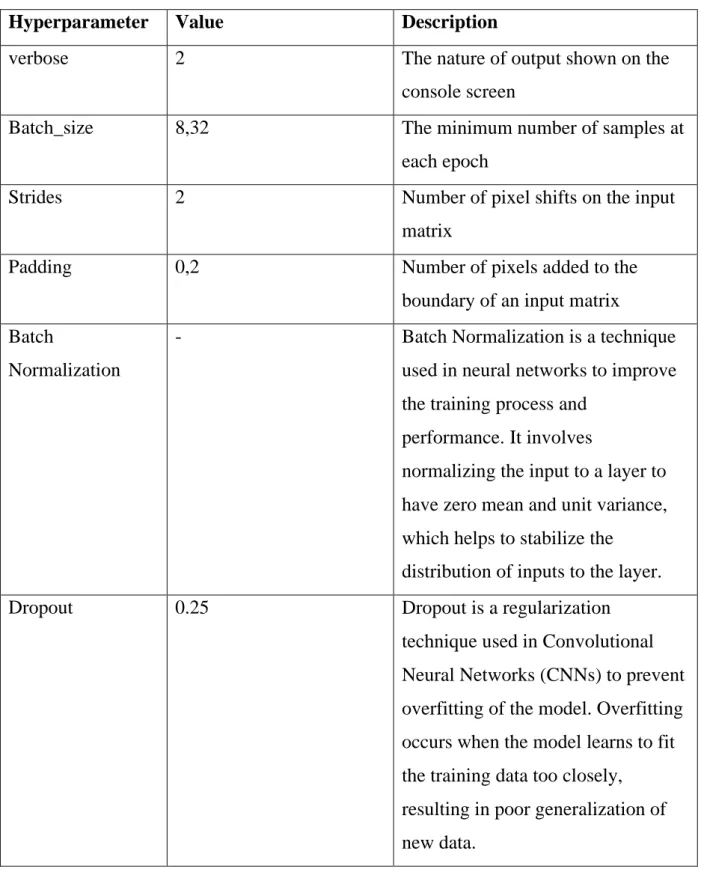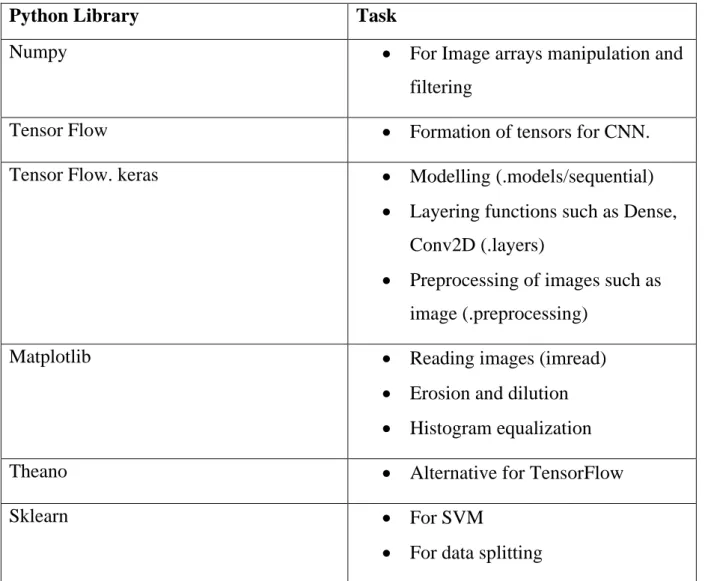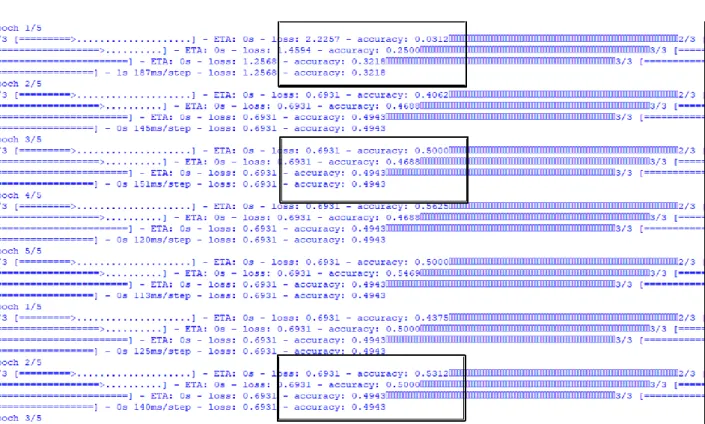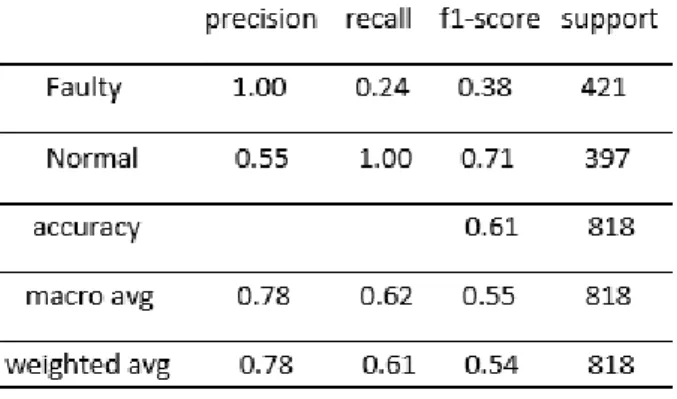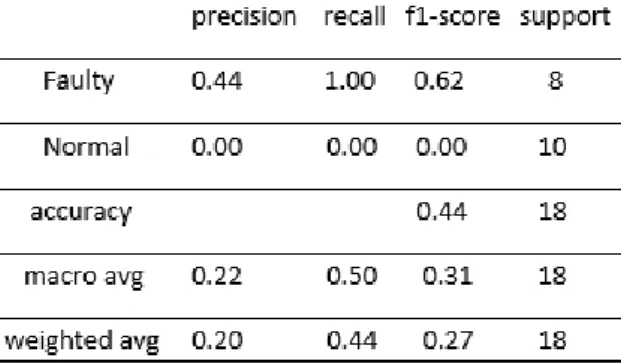This thesis is submitted in partial fulfillment of the requirements for the degree of Master of Science in Electrical Engineering. This allows us to determine whether a specific part of the aircraft is faulty or not. The image processing methodology we use involves using images of both defective and operational parts of the aircraft exterior.
During the training period, a new image of the same section of the aircraft is used to validate the model. In our initial trials, we noticed that the CNN model struggled with overfitting the erroneous class.
Introduction
- Overview
- Statement of the Problem
- Objectives/Milestones
- Potential Contributions and Limitations of the Study
After formulating a dataset of sufficient images, we applied data augmentation techniques to the original set of images. The potential contribution of this project is to provide a movable, pre-trained image processing model for the pre-flight aircraft body scan to monitor damage to the aircraft's body parts. The scope of the project is limited to the body parts scan and the self-made dataset of aircraft body images.
Background and Literature Study
Introduction
- The Role of Aircraft Maintenance Technicians
- Challenges in Aircraft Maintenance
- Mobile Robots for Aircraft Maintenance
Background
- Application of Artificial Intelligence in Aviation
- Advancements in Computer Vision
- Convolutional Neural Networks (CNNs)
- The Architecture of Convolutional Neural Networks (CNNs)
- Benefits of CNN over ML Algorithms for Image Processing
In summary, CNNs are a type of AI technology that is often used for image processing tasks and has delivered impressive results in areas such as object detection and recognition. In conclusion, the architecture of a CNN plays a crucial role in the success of image processing tasks. CNNs offer several advantages over other machine learning and deep learning models that make them a popular choice for image processing tasks.
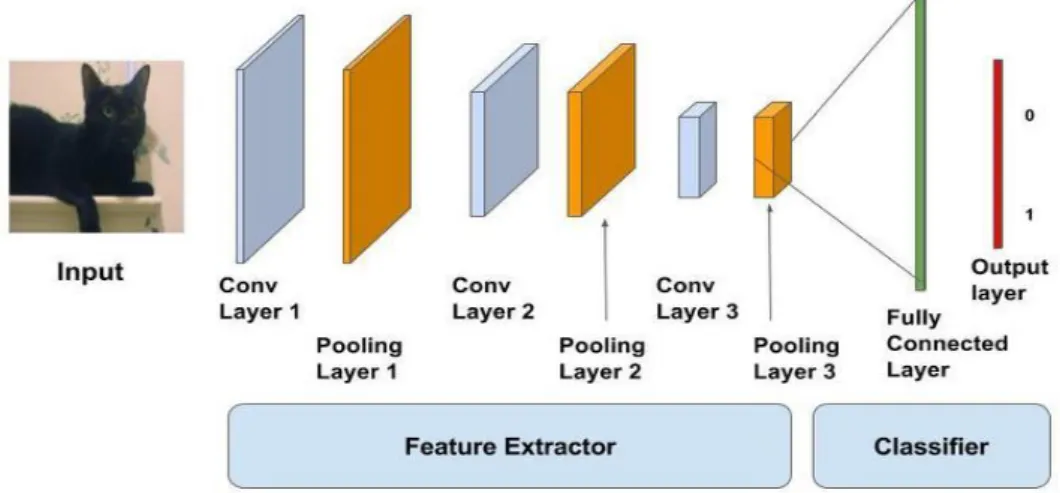
Related Work
- The Impact of Aircraft Maintenance on the Aviation Industry
- Potential Applications of AI and ML in the Aviation Industry
- Automated Detection of Faulty Parts Using ML and CV
In recent work (Donadio, Frejaville, Larnier, & Vetault, 2016; Jovančević et al., 2016), the researcher assembled a robot for pre-flight pre-check of the aircraft based on the visual inspection, relying solely on processing the captured image. Autonomous mobile robots have been studied and researched for the past four decades (Waxman et al., 1987; Thorpe et al., 1988). As many artificial intelligence techniques can help identify damaged parts in mechanical parts (Miranda et al., 2019; Zou, 2020).
However, all these features cannot be extracted and used due to various factors related to image quality and depth (Setlur Nagesh et al., 2020). To obtain the best results, several machine learning classifiers have also been implemented for the retrieved features during the classification process (Amit, 2019; Bouarfa et al., 2020). In particular, several evolutionary or swarm-based techniques have been used for feature and parameter refinement (Ma et al., 2020).
However, in case of time constraint and accuracy, SVM is preferred over SI in many image processing models (Ma et al., 2020). In a study by Ghodrati et al. 2019), a deep learning-based approach was proposed for aircraft fuselage crack detection using Convolutional Neural Networks (CNNs). Another study by Ewald et al., (2018) proposed a framework for automated detection of bumps on aircraft skin using a combination of machine learning and image processing techniques.
In a study by Karaoğlu et al. 2023) a computer vision-based approach was proposed. detection of corrosion on aircraft parts.
Methodology
- Collecting Data Set
- Pre-Processing
- Image Acquisition to Image Compression
- Image Segmentation
- Data Cleaning
- Feature Selection
- Data Splitting
- Model Definition
- Training
- Model Optimization and Validation
- Experimental Setup
- Python Libraries
After acquisition, the transformation of the image was performed using erode, thinning and histogram. Finally, to prepare an image for segmentation, the image dimensions are set to a predefined value using the built-in TensorFlow libraries. The segmentation process may generate some missing, noisy, and redundant values at the corners of the segments.
Missing values in the data have been evaluated, and depending on the nature of the features and records, these values may be replaced with calculated values, the files deleted, or the features removed entirely. In this stage of the process, a data set is passed through ML algorithms again to select the key features of the data set. The training data is used to train the model; testing verifies the result and correctness of the trained model and the validation part uses specific techniques to validate the data.
The literature review suggests that there are many techniques used for this purpose, both in the field of traditional and machine learning. However, only neural networks fall to the local optimum after data schema divergence. Before the training data, some random data was generated to test the correctness of the model.
The following equations represent the mathematical form of the evaluation metrics used in this study, namely recall, precision, and accuracy.
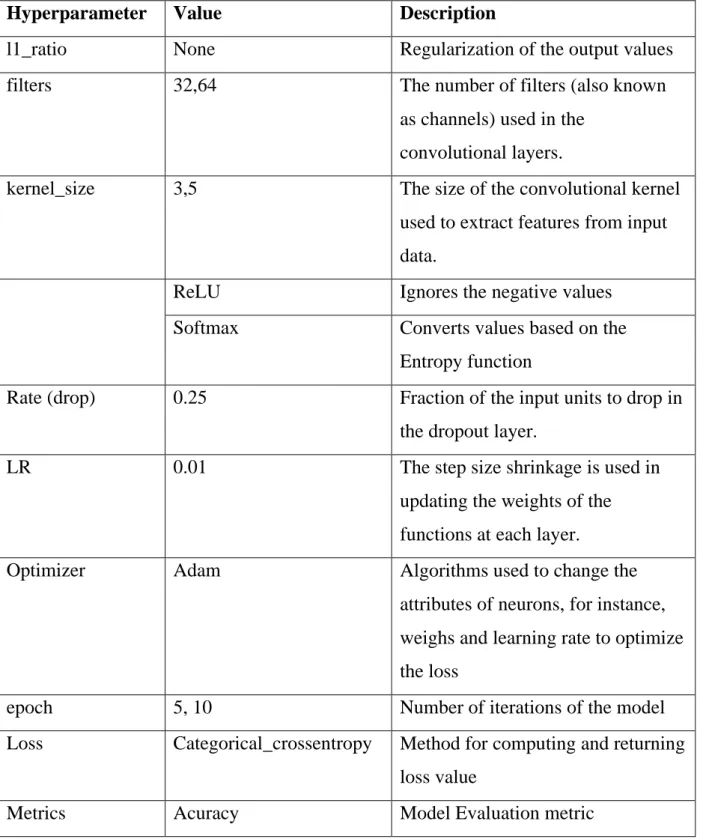
Results
- Overview
- Image Data Augmentation
- Effect on Accuracy
- Effect on Stability
- Effect on Overfitting
- Results
- On Actual Dataset
- On Augmented Dataset
- Graphical User Interface (GUI) for the Project
- Comparative Study
This also affects the results in terms of training and validation accuracy as shown in Table 4.1 and Table 4.2. The reason that all values in the "Normal" class are zero in Table 4.1 is that the model is only trained to recognize the "Faulty" class in the given data set. The accuracy shown in the tables represents the validation accuracy while at some point the training accuracy is also discussed and presented through figures.
This is due to the fact; identifies all error images as false, as shown in Table 4.1, by calling the error line as 1.00. When the user selects a folder, all the images in the folder are listed in the sidebar (Figure 4.7). After that, the user just has to click on any image name in the list and the trained model shows it as defective or normal (Figure 4.8).
For this purpose, the preprocessing and model training are stored in the form of precompiled files to reduce the complexity of the interface design. The CNN-based method achieved an accuracy of 96.7% for detecting cracks in the test dataset, which was significantly higher than the SVM-based method (84.2%) and decision tree-based method (72.3%). The proposed CNN-based method was also found to handle complex crack shapes and sizes, making it suitable for practical applications in the aerospace industry. 2019) proposed a method for automated defect detection and classification on aerospace composite structures using deep learning.
Our study demonstrated the effectiveness of using deep learning-based methods, specifically CNNs, for crack and defect detection in aerospace structures and highlighted the potential of these methods to improve the efficiency and accuracy of maintenance and inspection processes in the aerospace industry.
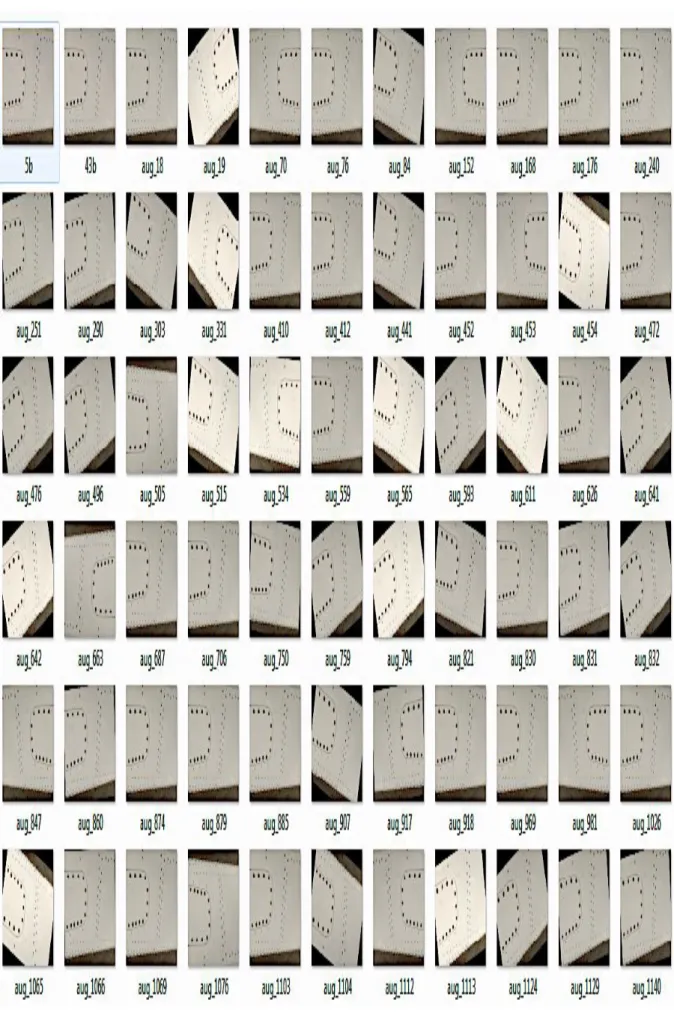
Discussion
In this thesis, a CNN-based AI model is proposed for detecting aircraft body parts defects using image processing via ML techniques. Although this thesis provides some details about the data augmentation techniques used, that is not the case. However, the information provided may still be useful to those interested in understanding the data augmentation techniques used in this study and their impact on model performance.
In summary, this thesis presents the results of experiments conducted to classify aircraft images using a CNN classifier. The results show that the CNN classifier achieved a maximum of 98.28% training accuracy and 81.78% validation accuracy on the extended dataset. Image data augmentation was used to increase the size of the dataset by flipping, rotating and warping the provided images, resulting in faster and more effective learning.
Image magnification also stabilized the results and prevented overfitting, which was a problem with the small data set. Using SVM or expanding the dataset using augmentation techniques can address the problem of overfitting. Overall, the results demonstrate the effectiveness of CNN classifiers in classifying aircraft footage, especially when used with extensive datasets.
The proposed work presents a promising approach for the detection of damaged parts of the aircraft body using ML techniques.
Conclusion and Future Work
Future Work
This dataset would be used to train deep learning models, such as Long Short-Term Memory (LSTM) networks, to improve machine efficiency and performance. AXISCADES Engineering Technologies Limited (2020) 'Machine Learning and Artificial Intelligence in the Aerospace Industry'. 2013) 'Aircraft design cycle time reduction using artificial intelligence', Aerospace Science and Technology, 26(1), pp. 2017) 'Real-time ground marking analysis for safe trajectories of autonomous mobile robots', in Proceedings of the 2017 IEEE International Workshop on Electronics, Controls, Measurements, Signals and Their Application to Mechatronics, ECMSM Towards Automated Inspection of Aircraft Maintenance. CAA (2002) “An Introduction to Aircraft Maintenance Engineering Human Factors for JAR 66,” Human Factors, p. 2017) 'Deep Learning-Based Crack Damage Detection Using Convolutional Neural Networks', Computer-Aided Civil and Infrastructure Engineering, 32(5), pp. 2019) 'A Deep Learning CNN and AI-tuned SVM for Predicting Electricity Consumption: Multivariate Time Series Data', 2019 IEEE 10th Annual Conference on Information Technology, Electronics and Mobile Communications, IEMCON 2019, pp. 2004) 'Machine Vision, Third Edition: Theory, Algorithms, Practicalities', Pattern Recognition Letters [preprint].
2022) 'Visual inspection of aircraft skin: Automated pixel-level defect detection by pattern segmentation', Chinese Journal of Aeronautics, 35(10), p. 2013) Theory of Evolutionary Algorithms (Dagstuhl Seminar 13271), Dagstuhl Reports. 2016) 'Human-robot collaboration to perform aircraft inspection in the work environment', in Proceedings of 5th International Conference on Machine Control and Guidance (MCG). Automated Visual Inspection in Aircraft Maintenance', 10th International Symposium on Aerospace NDT, (October), p. 2017) 'Survey of Machine Learning Algorithms for Disease Diagnosis', Journal of Intelligent Learning Systems and Applications, pp. 2017) Vision-based navigation in a dynamic, uncertain environment.
Proceedings of the 11th International Conference on Informatics in Control, Automation and Robotics, p. 2016) 'Unmanned aerial vehicles (UAVs) and artificial intelligence are revolutionizing wildlife monitoring and conservation', Sensors (Switzerland), 16(1). Available at: https://learnopencv.com/image-classification-using-feedforward-neural-network-in-keras/ (Accessed: 26 September Artificial Intelligence in the Aerospace Manufacturing Process for Complex Assemblies and Components', in IOP Conference Series : Materials Science and Engineering A genetic DCNN designer for image classification, Neurocomputing, 379, p 2019) 'Machine learning approaches for fault classification on.
Fast, unattended anomaly detection with. generative hostile networks,” Medical Image Analysis, 54, pp. 2020) ‘Image processing using Convolutional Neural. 2020) 'Analysis of the potential of an EA surrogate modeling tandem for deep learning parameterization: An example for cancer classification based on medical images', Neural Computing and Applications, 32(2), pp. 1988) 'Vision and Navigation for the Carnegie-Mellon Navlab', IEEE Transactions on Pattern Analysis and Machine Intelligence, 10(3), pp. 2016) 'Comparative Analysis of Information Extraction Techniques for Data Mining', Indian Journal of Science and Technology, 9(11). 1987) 'A Visual Navigation System for Autonomous Land Vehicles', IEEE Journal on Robotics and Automation, 3(2), pp. 2021) 'Automated visual inspection of aircraft exteriors using deep learning', Anais Estendidos da Conference on Graphics, Patterns and Images (SIBGRAPI), pp. 2021) 'A Deep Neural Network-Based Fault Detection Scheme for Aircraft IMU Sensors', International Journal of Aerospace Engineering Redundant object detection method for civil aircraft assembly based on machine vision and smart glasses', Measurement Science and Technology, 33(10), p . 2020) “Review of Aero-engine Defect Detection Technology”, in Proceedings of 2020 IEEE 4th Information Technology, Networking, Electronic and Automation Control Conference, ITNEC 2020.
